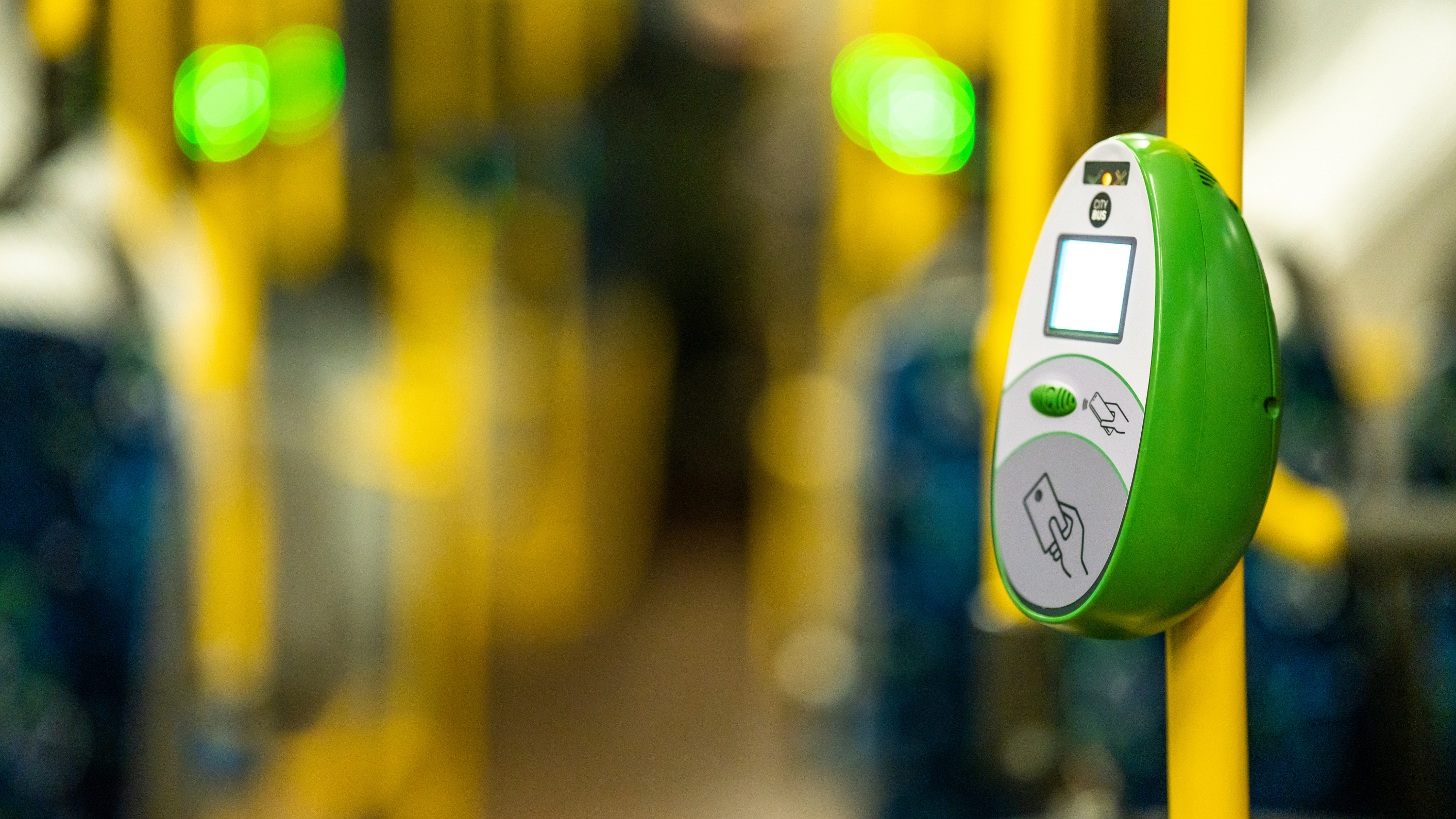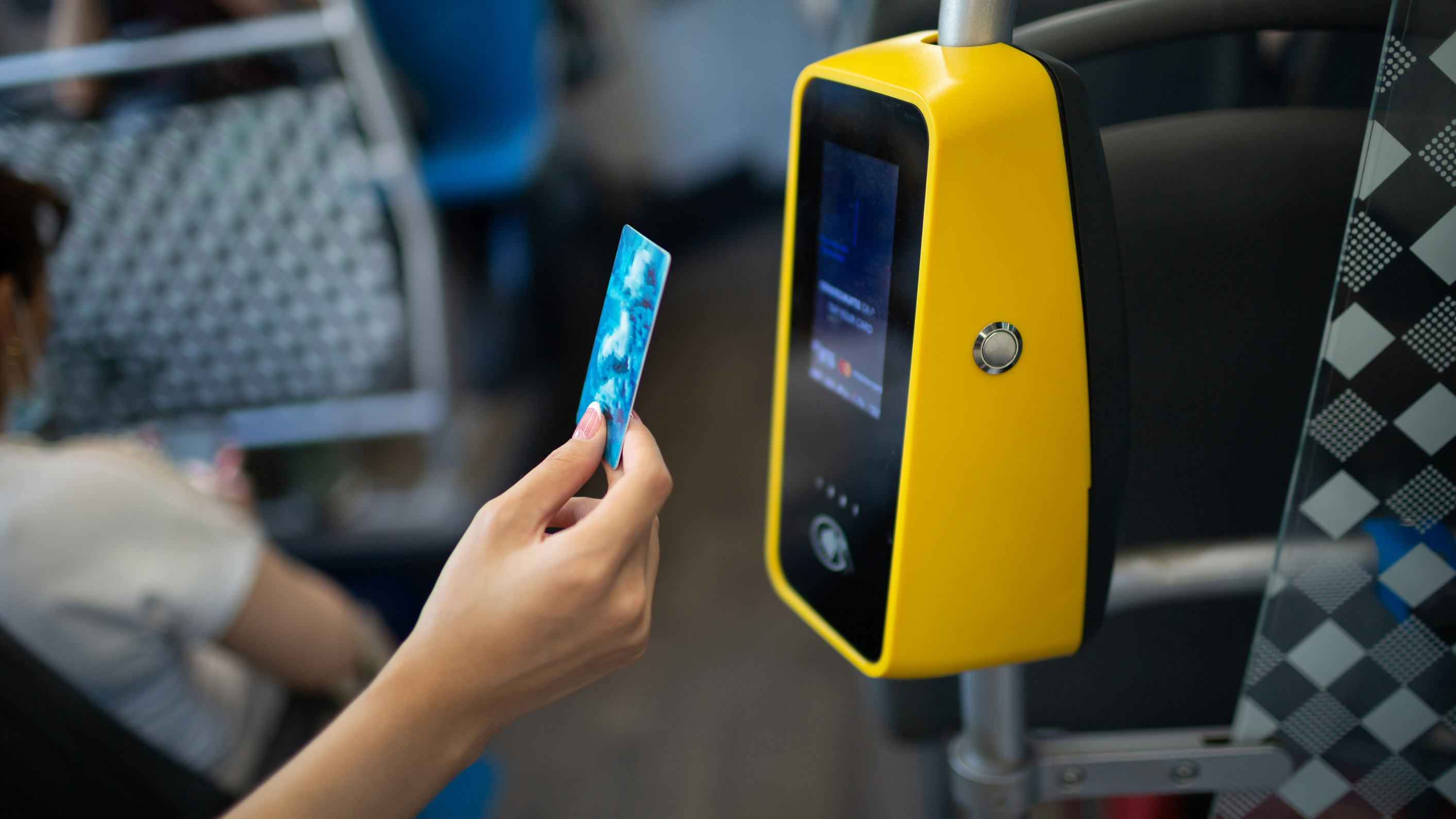How contactless transit payments can unlock long term benefits
by Andreea

When it comes to improving public transport, the focus is often on the services themselves – more routes, more buses and train coaches, more facilities at stations.
Implementing a contactless ticketing system can seem like a vast undertaking and its impact can be underestimated. But contactless transit payments can yield many long-term benefits, from creating more satisfied customers to safeguarding revenue. Indirectly, by motivating increased use of public transport, it can help to reduce carbon emissions and improve air quality.
The future of transport needs a new type of ticketing
Contactless ticketing isn’t about technology for the sake of technology. The way we pay for public transport needs to change because the way we travel is changing too.
Between prompting individual career change epiphanies and a widespread acceptance of home and hybrid working, the pandemic forever altered the world of work. Fewer people are commuting into offices every day of the week. More than a third of US workers now deliver on-demand services as part of the gig economy.
Lower income workers who still travel each day remain dependent on pay-as-you-go ticketing. The preference for a new segment of the workforce whose travel patterns are less predictable and less frequent than previously. For them, traditional season passes no longer offer the most cost-effective solution.
There are vast opportunities to transform public transit for the better. How passengers pay for travel is a core part of that. When riders tap on and off of transport with contactless, it’s possible to automatically apply discounts and concessions based on the eligibility information associated with their card or wallet.
Fare caps can also be easily configured. These enable passengers to take advantage of frequent travel by capping the fare they pay after a certain time or number of journeys. That way pay-as-you-go travellers can still enjoy the same value as they would get from a daily, weekly, or season pass, but without the upfront cost and planning.
That also helps make public transport more accessible beyond commuters and regular users. There’s no need for new customers or infrequent riders to get to grips with a complicated variety of ticket types. With tap-to-ride, they automatically get the best value for their journey. The same applies to tourists, which is especially handy when there is a language barrier.
Bring passengers back without breaking the bank
An open loop ticketing system allows travellers to tap onto public transport using the same contactless card, digital wallet or device they use for everyday purchases. The card doesn’t just pay for their ticket – it is their ticket. There are no additional cards to carry around and top up. Boarding a train or bus becomes as frictionless as buying a coffee.
The easier public transport is to use, the more attractive an option it becomes to current and potential riders. A 2019 study by Visa and Stanford University into transit payments found that cash-reliance, complex fares and a lack of interoperability were at the heart of rider frustrations. On average, respondents felt use of services would increase by 27% if it was easier to pay for public transport.
At the same time, contactless can help agencies to ultimately bring down operation costs and losses. Riders use their own bank card to tap onto vehicles. Therefore, agencies can save on issuing prepaid travel cards themselves and maintaining physical top-up kiosks in stations.
Phasing out cash reduces the risk of theft and cuts down on cash handling fees. And with a system like Littlepay incorporating near-real time deny lists and debt collection, fare losses across the network can fall to as low as 0.3%.
Driving strategy and engagement with convenient payments
The benefits of open loop ticketing don’t stop at streamlining the payments experience and boosting revenue. Technology opens the door to improvements in all areas, from speeding up boarding and journey times to meeting environmental targets.
For bus agencies, one of the key ways it gets passengers on board is by reducing driver interaction at the fare box. Not only does this help to get services running on time, it also means shorter dwelling times at stops and a significant reduction in idle emissions as a result.
With cards and wallets linked to mobile devices, contactless enables a greater level of engagement with passengers. Journey planning tools can offer even more accurate information about vehicle capacity, while push notifications can encourage riders to travel more when they’re about to reach a fare cap.
Data available from every tap paints a detailed picture of exactly how passengers are using and paying for transit, from which stops are most frequented to whether fare caps are going unmet. Dipping into this powerful pool of information, agencies can better focus their resources on developing services tailored around their passengers.
To learn more about the future of contactless payments for public transport, read our third blog in the series on how to get started with contactless EMV transit payments.
Trending Topics

Project Highlights: Washington DC’s record breaking upgrade to accept open loop payments

Nevada County Connects leverages Cal-ITP’s Mobility Marketplace to elevate the payment experience across its bus network

 Insight
Insight
 Knowledge
Knowledge
 News
News



